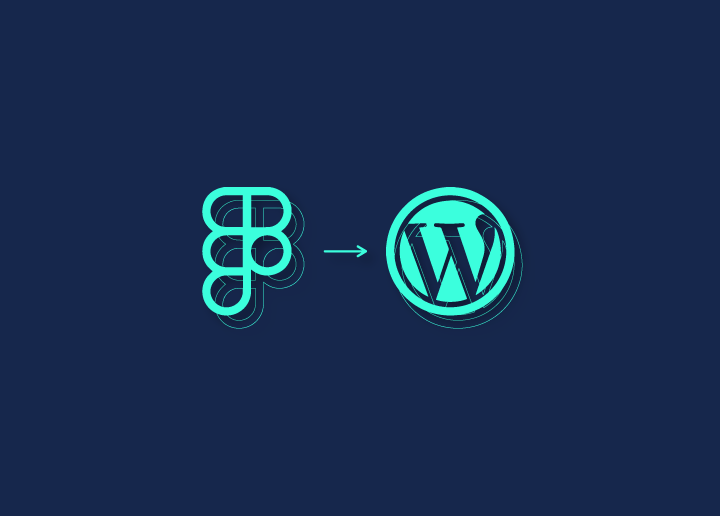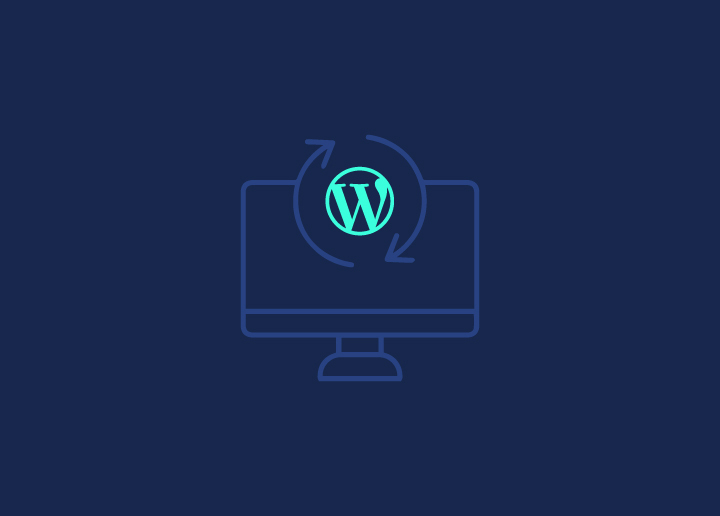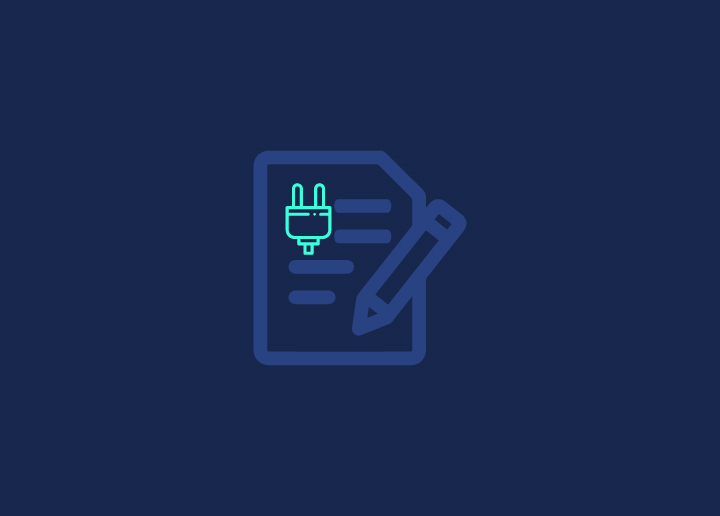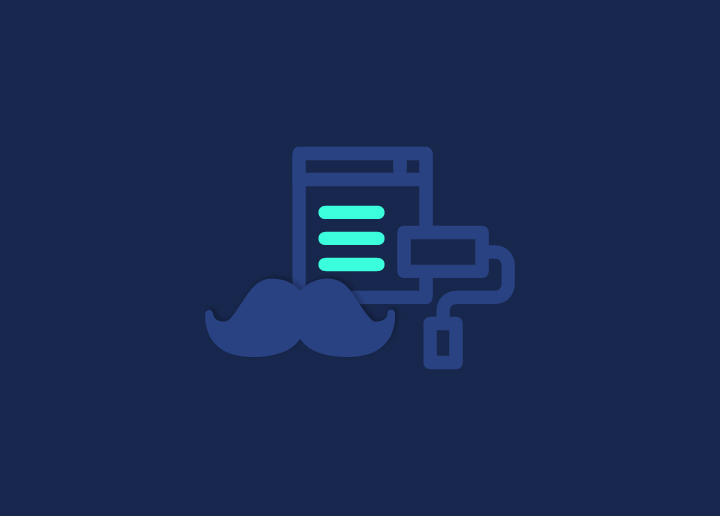The command and system call chmod is only used to alter the access permissions and special mode flags (the setuid, setgid, and sticky flags) of file system objects in Unix and Unix-like operating systems (files and directories). These were initially referred to as modes, and the term chmod was adopted as a shorthand for change mode.
History
The chmod command and the chmod system call initially appeared in AT&T UNIX version 1.
Access-control lists were introduced to many file systems in addition to the most fundamental modes to boost their flexibility as the number and types of users rose.
David MacKenzie and Jim Meyering wrote the version of chmod included in GNU Coreutils. There is a separate package for this command As part of the UnxUtils series of native Win32 versions of standard GNU Unix-like utilities, Microsoft Windows. On the IBM operating system, the chmod command has also been ported.
Concerning Chmod
The command chmod means “change mode” on a file under Unix. The -R parameter implies that the modification will be applied to all files and directories in the wp-content (for eg.) folder. The directory will be changed to mode 766, which means it will be readable and writable by WordPress and any other users on your system. Finally, the name of the directory we’ll be changing is wp-content. If 766 fails, try 777, making all files and directories readable and executable by all users, groups, and processes.
When using mod rewrite Permalinks, you also need to adjust the permissions of the. htaccess to ensure that WordPress may update it when you change settings, like adding a new page, redirect, category, etc., necessitating changing the .htaccess file.
Go to the WordPress leading directory.
Enter chmod -v 666 .htaccess
Note: Even a tiny bit of security is better than a world-writeable directory from a security viewpoint. Start with a low permissive level, such as 744, then gradually increase it until it works. Only use 777 if required, and ideally, only for a short while.
chmod is a Linux/Unix shell command that allows you to change file and directory permissions. Change mode is abbreviated as chmod. In some web hosting situations, a user may need to use this command to alter the permissions of particular files or directories so that WordPress may write to them. Users who do not have access to a Unix shell can still use this command using an FTP application.
Check out Seahawk Media for a variety of more information on Chmod in WordPress, including hundreds of manuals and tutorials.


















